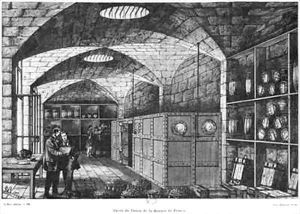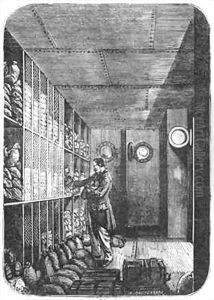Louis Joseph Amedee Daudenarde Paintings
Louis Joseph Amedee Daudenarde, also known as Amedee Daudenarde, was a Belgian artist born on April 20, 1874, in Ghent, Belgium. Primarily recognized for his work as a painter, Daudenarde was part of the early 20th-century European art scene. Although not as widely known as some of his contemporaries, Daudenarde contributed to the artistic movements of his time, and his work reflects the various styles and influences that were prevalent throughout his career.
Daudenarde's artistic journey began at the Royal Academy of Fine Arts in Ghent, where he received formal training. His early works were influenced by the academic tradition, but as he matured as an artist, he began to explore other styles, including impressionism and post-impressionism, which were gaining popularity at the turn of the century. He was particularly known for his landscapes and cityscapes, capturing the essence of Belgian rural and urban scenes with a distinctive blend of color and light.
Throughout his career, Amedee Daudenarde exhibited his work in various salons and exhibitions. Although he may not have achieved the same level of fame as some of his peers, his paintings were well-regarded by those who appreciated his unique approach to capturing the Belgian environment. Daudenarde's ability to render atmospheric effects and his use of vibrant colors were hallmarks of his work.
Louis Joseph Amedee Daudenarde's career spanned several decades, with his artistic production continuing up until his later years. He remained active in the Belgian art community, contributing to the cultural landscape of his country. Daudenarde passed away on July 9, 1951, leaving behind a legacy of work that continues to be appreciated by art historians and collectors. While specific exhibitions or retrospectives focusing on Daudenarde's work may be infrequent, his contributions are nonetheless an integral part of the story of Belgian art during the late 19th and early 20th centuries.

